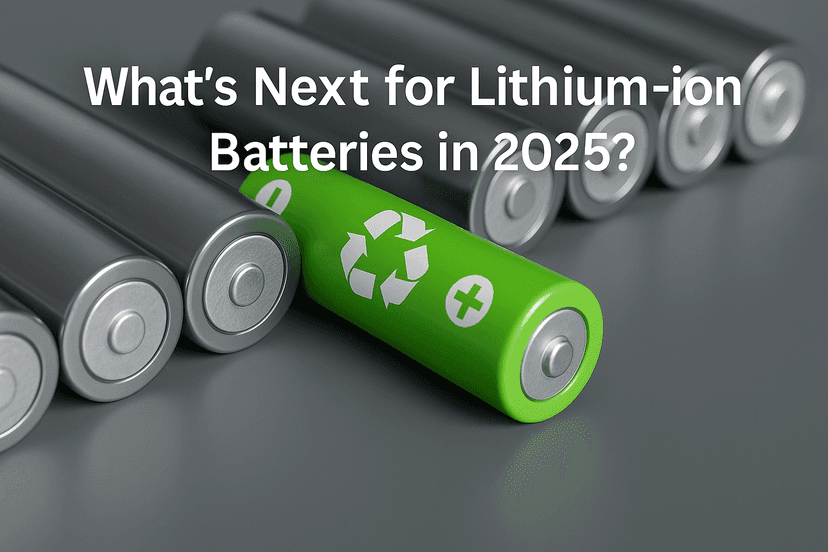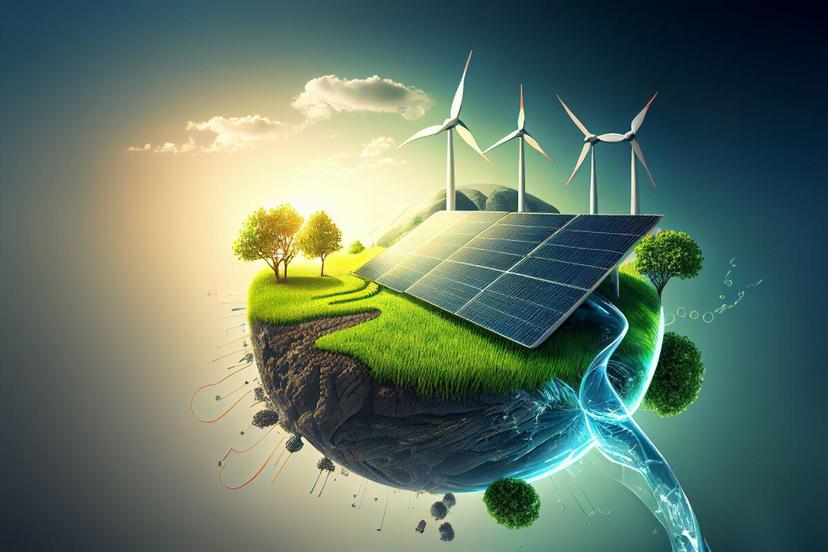May 2025
Faster, Greener, Smarter: Government’s Role in India’s EV Charging Growth

Faster, Greener, Smarter: Government’s Role in India’s EV Charging Growth
India is charging ahead—literally. With a rapidly growing market for electric vehicles (EVs), the country is witnessing a massive transformation in its transportation ecosystem. At the heart of this shift lies the booming demand for EV charging infrastructure. According to recent forecasts, the Indian EV charging station market is set to grow at an impressive CAGR of 25.25% from FY2025 to FY2032, rising from USD 701.29 million in FY2024 to a staggering USD 4247.36 million by FY2032. This growth is not only a reflection of changing consumer preferences but also a testament to India’s commitment to building a cleaner, greener future.
Why Charging Infrastructure is Becoming the Backbone of India’s EV Revolution
The buzz around zero-emission vehicles India, isn’t just hype anymore. Affordability, performance improvements, and growing environmental awareness have turned EVs into a smart choice for both individuals and businesses. But the real game-changer is convenience—and that’s where robust charging infrastructure comes into play.
Government initiatives like the FAME II scheme and the PM E-Drive Scheme have been instrumental in laying the groundwork for a sustainable EV ecosystem. These programs offer financial incentives for the installation of charging stations, which in turn reduce the entry barriers for businesses and real estate developers. In fact, new housing societies and commercial complexes are increasingly integrating EV charging points as a standard amenity EV charging market clear sign that EVs are no longer the future, but the present.
Strategic Partnerships Paving the Way
The evolution of India’s Rural & Urban EV charging network is also being powered by dynamic public-private partnerships. Take Bharat Petroleum Corporation Limited (BPCL) for instance, which teamed up with Bengaluru-based IONAGE Technologies Pvt. Ltd. in September 2024. Their mission? To simplify EV charging through a unified platform that aggregates multiple charge point operators. With one app, EV owners can now locate and access a wide network of chargers across India, eliminating the hassle of switching between different providers.
This collaborative approach is becoming the norm rather than the exception. Whether it’s tech firms joining hands with automakers or electric transport startups aligning with government bodies, these partnerships are setting new benchmarks in accessibility and efficiency.
From Post Offices to Powerhouses: Innovation in Public Spaces
Innovation is not just happening in showrooms or factories—it’s happening in everyday spaces. In Hyderabad, a public post office has been equipped with an EV charging station thanks to a pioneering initiative by Trinity Cleantech Pvt. Ltd. (Thunder Plus), in collaboration with India’s Department of Post. This isn’t just a novelty, it’s a powerful signal that public infrastructure is being reimagined to accommodate modern needs. Plans are already underway to replicate this model across other public campuses in the country, proving that convenience can coexist with creativity.
Driving Demand: The Surge in Electric Public Transport
As the country’s urban centers become more congested, public EV hubs has emerged as a practical and sustainable solution. Lower operational and maintenance costs, combined with environmental benefits, have made electric buses particularly attractive to city authorities and corporate transport fleets.
A striking example comes from Tata Motors, which, in December 2024, rolled out a fleet electrification strategy for employee transportation at its Pantnagar facility in Uttarakhand. What sets this initiative apart is the fact that these buses are powered entirely by a 16 MW solar energy plant—truly a model for sustainable mobility.
Naturally, such moves are driving up the demand for large-scale Electric vehicle charging stations equipped with fast-charging capabilities. Whether it’s bus depots, city terminals, or high-traffic urban areas, the infrastructure is evolving to meet the growing needs of sustainable transport infrastructure —while simultaneously benefiting private EV users who share these fast-charging corridors.
Fast, Compatible, and Widespread: CHAdeMO’s Dominance
When it comes to the technical side of EV charging, not all connectors are created equal. The CHAdeMO (Charge de Move) standard has emerged as a leader in the Indian market, largely due to its compatibility with Japanese EV models and its capacity for rapid charging. Highway charging corridors are increasingly being fitted with CHAdeMO connectors, making long-distance EV travel more practical.
Further cementing its position, the CHAdeMO Association signed an MoU with Bharat Charge Alliance (BCA) in August 2023 to promote global two- and three-wheeler charging standards in India. This collaboration reflects the growing appetite for interoperability and standardization in India’s EV landscape.
Southern India Leads the Market
When analyzing regional trends, Southern India emerges as the front-runner in the EV charging station market. States like Karnataka, Tamil Nadu, and Kerala are actively promoting electric transportation by offering state-level incentives and encouraging public and private investments in EV infrastructure.
According to the Bureau of Energy Efficiency (BEE), Karnataka leads the country with 5,765 public EV charging stations, largely concentrated in Bengaluru Urban. This is ahead of Maharashtra, Uttar Pradesh, and Delhi, which trail behind in total station count.
The Southern region’s dominance can be attributed to:
- A high concentration of automotive and IT hubs
- Progressive environmental policies
- High urban population density
- Greater awareness about clean energy adoption
This regional advantage not only bolsters the EV ecosystem locally but also sets a precedent for other states to follow.
Innovative Installations: Charging Stations in Unlikely Places
In a pioneering move, Trinity Cleantech Pvt Ltd (Thunder Plus), in collaboration with the Department of Post, installed an EV charging station within a public post office in Hyderabad. This first-of-its-kind initiative represents the growing accessibility of EV infrastructure and hints at a future where charging points are as common as ATMs or petrol pumps.
Plans are already in motion to roll out similar stations across post offices and public campuses nationwide—making charging convenient, visible, and mainstream.
Electric vehicle future outlook (FY2025–FY2032): What Lies Ahead?
Looking to the future, several trends are expected to further accelerate the growth of India’s EV charging market:
- Urbanization & Smart Cities: As cities expand, integrated EV solutions will become essential for last-mile mobility and smart city transport planning
- Technological Advancements: clean transport innovation in battery technology, vehicle-to-grid technology, Wireless EV charging, and IoT in EV charging will redefine charging efficiency and accessibility.
- Environmental Awareness: Rising concerns over vehicular emissions will continue to drive demand for cleaner mobility options.
- Road Infrastructure Development: As both urban and rural areas become more connected, demand for reliable charging networks will grow.
These factors together will contribute to making EVs—and by extension, EV charging stations—a fundamental part of India’s mobility framework.
Competitive Landscape: Who’s Leading the Charge?
India’s EV charging station market is bustling with activity from both homegrown innovators and global players. Companies are investing heavily in Smart EV charging solutions, renewable energy integration, and partnerships with OEMs to create value-driven services.
One such effort is Tata Motors’ partnership with Delta Electronics India and Thunderplus Solutions to set up 250 fast-charging stations across 50 Indian cities. This expansion builds on an existing network of 540 commercial vehicle charging points and aims to support the last-mile delivery sector, especially for e-commerce and logistics firms adopting EVs for urban operations.
Other key players actively shaping the industry include:
- Tata Power Company Limited
- Tecso Charge Zone Limited
- Ather Energy Limited
- Sharify Service Pvt. Ltd.
- Delta Electronics Inc.
- Fortum India Pvt. Ltd.
- Servotech Renewable Power System Ltd.
These companies are not only contributing to charging infrastructure but also engaging in strategic collaborations to build an interoperable, nationwide EV network.
Final Thoughts
India’s electric vehicle charging station market is more than just a sector—it’s a cornerstone of the nation’s green transport revolution. With supportive government electric vehicle policies, surging consumer demand, and pioneering innovations across the ecosystem, the country is well on its way to becoming a global leader in sustainable transportation.
As India's road infrastructure improves, particularly in tier-2 and tier-3 cities, the reach of EV charging stations will expand far beyond urban centers. This democratization of access is essential to ensure that the benefits of urban & rural electric mobility are felt across the socio-economic spectrum.
As we move forward, the focus must remain on expanding accessible, reliable, and fast-charging infrastructure that keeps pace with the booming EV market. Whether it’s a charging hub in a tech park, a public post office, or a bustling city intersection, the message is clear: India is charging ahead toward a cleaner, smarter, and electrified future.
Looking for more insights or a custom report on India’s EV charging station market ?
Reach out to us at info@marketsandata.com for detailed forecasts, competitive intelligence, and strategic consulting.
Subscribe to our newsletter
Promise we won't spam you.
Share
Read More

June 2025
The Future Is Charged: What's Next for Lithium-ion Batteries in 2025
The global lithium-ion battery market isn’t slowing down anytime soon. In 2024, it stood at $73.16 billion. By 2032, it’s projected to climb to a staggering $283.11 billion. That’s not a gentle incline, it’s a steep ascent driven by how the world is evolving: more digital, more mobile, and more electric.

July 2024
Unleashing the Power of Renewable Energy: India's Sustainable Future
India, with a population of 1.4 billion, requires a substantial amount of energy to support its rapidly expanding economy. At the time of its Independence, India was a power-deficient country.

December 2023
The Rise of Sustainability in India: Pioneering a Brighter and Greener Future
India, with its vast population and diverse ecosystems, stands at a critical juncture in terms of sustainability.
REACH US



